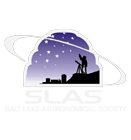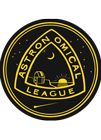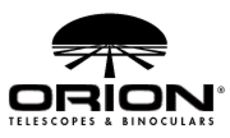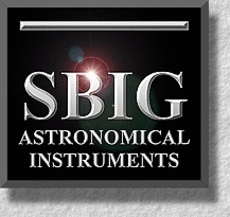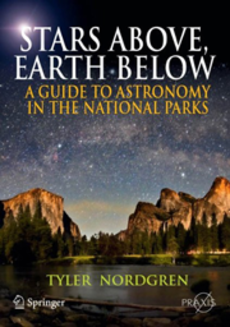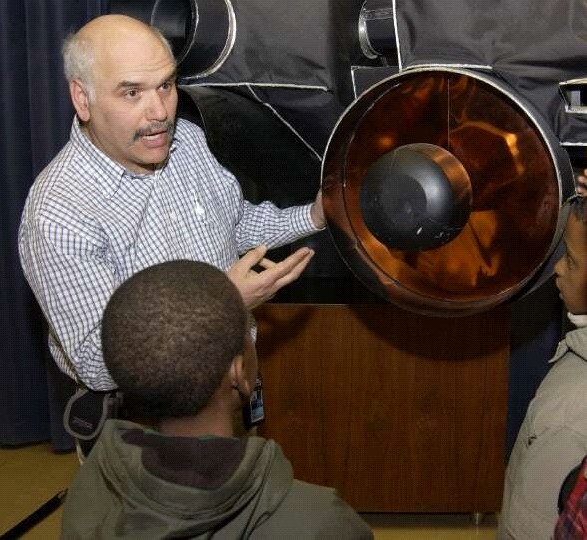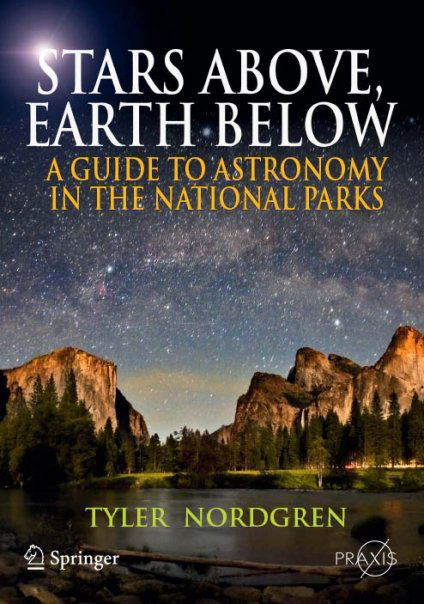| Title | Speaker |
Date/Time |
Location | Summary | |
|---|---|---|---|---|---|
| Awards Banquet | Carolyn Shoemaker | July 2, 2011 - 6:00pm |
The annual ALCon awards banquet in the Rainbow Room 6 to 7:30 pm. The keynote speaker is Carolyn Shoemaker. |
 |
|
| How to sketch deep-sky objects | David Eicher | July 2, 2011 - 4:00pm |
Observers can get many practical benefits from recording their visual impressions of star clusters, nebulae, and galaxies on paper. The most important is the pure observing experience. It’s the finest way to get acquainted with different classes of objects; by sketching them you’ll see how nebulae differ from galaxies, how open clusters differ from globulars. You won’t “just look.” You’ll trace out spiral arms and dust lanes, spot central stars in planetary nebulae, and see how delicate nebulosity wraps around bright blue stars. You might even record on paper a supernova in a distant galaxy. By forcing you to observe with a critical eye, sketching will make you a better observer. |
 |
|
| Secrets of Deep Sky Observing | Alan M. MacRobert | July 2, 2011 - 2:45pm |
We've figured out all sorts of ways to get the faintest and the mostest out of CCD chips, DSLRs, and videocams. But what about your eye? Are you sure you know all the tricks? Why your daytime glasses matter, why to hug your trees, why the universe yellows as you age -- and do bilberries really work? Come rouse your rhodopsin with Alan MacRobert, senior editor at Sky & Telescope. |
 |
| Title | Speaker |
Date/Time |
Location | Summary | |
|---|---|---|---|---|---|
| Meteor observing with all-sky cameras | Vern Raben | July 1, 2011 - 4:00pm |
Meteors have traditionally been observed by amateurs astronomers visually with their eyes. Recent improvements in video camera technology now make it possible to detect and observe them using motion detection software. |
 |
|
| Observing the Sky Near and Far: stories, suggestions and lessons | Steve Edberg | July 1, 2011 - 2:45pm |
|
 |
|
| STELLAR FOSSILS : Globular clusters as probes of the galaxy | Shane Larson | July 1, 2011 - 11:00am |
Some of the finest objects to look at in the night sky are the globular star clusters --- gravitationally bound collections of tens to hundreds of thousands of stars. The first globular cluster was discovered by a German The globular clusters harbor the oldest known stars in the Cosmos, suggesting they were among the first objects to form, making them useful tools to understand the nature of the early Universe. Most large galaxies have a significant collection of globular clusters orbiting them in a vast halo, making them useful probes of the galaxies themselves --- the Milky Way alone as more than 150 known globular clusters! Despite all we have learned over the years, there are still many mysteries to explore: do globular clusters hide black holes at their cores like their larger parent galaxies? why are the oldest known stars in globular clusters? how did the globular clusters form, and how did they become associated with the galaxies? In this talk, we'll talk about how globular clusters are used as probes of the Milky Way galaxy, discuss some of the ideas about the history and evolution of the globular clusters, and take note of many of the interesting globular clusters that you can observe and study with your own telescopes. |
 |
|
| Parallax, Planets and Precession of the Patent Office: A Patent Attorney's Personal Observations | Grant Clayton | July 1, 2011 - 9:45am |
Grant began observing after getting a Celestron CPC 800 for a recent Father's Day. Grant will explore how his experiences observing relate to his youth and his more than twenty-five years as a practicing patent attorney. Grant is a member of the Salt Lake Astronomical Society and the Clark Planetarium (Salt Lake City, Utah) and is an Adjunct Associate Professor of Mechanical Engineering at the University of Utah. Grant practices intellectual property law at Clayton, Howarth & Cannon, P.C., located in Cottonwood Heights, Utah. I plan to intersperse clips from some of my favorite astronomy related movies (and from my web research others' favorite movies are the same as mine, including, Contact, 2001 and Star Trek) to provide some entertainment along with facts and advice. Attached is my more complete bio, in case it is useful to you, and my photos (same photo but two resolutions).
|
| Title | Speaker |
Date/Time |
Location | Summary | |
|---|---|---|---|---|---|
| 100 Years of Variable-Star Observing | Arne Henden | July 1, 2011 - 1:30pm |
The American Association of Variable-Star Observers (AAVSO) is celebrating their 100th year of service to the astronomical community. Thousands of amateur and professional observers have submitted estimates of stellar brightness to our organization, with over 20 million such observations now available for public download from our website. This talk will give a brief history of the organization, give some examples of how you too can contribute scientifically valuable data, and point towards the future of citizen science. Handouts will be available to show easy-to-observe targets visible during the night at ALCON 2011. |
 |
| Title | Speaker |
Date/Time |
Location | Summary | |
|---|---|---|---|---|---|
| Inexpensive Astrophotography for the Beginner | Robert Arn | June 30, 2011 - 4:00pm |
Brief Outline of Presentation:
|
 |
|
| Stars Above, Earth Below, A Guide to Astronomy in the National Parks | Tyler Nordgren | June 30, 2011 - 2:45pm |
|
 |
